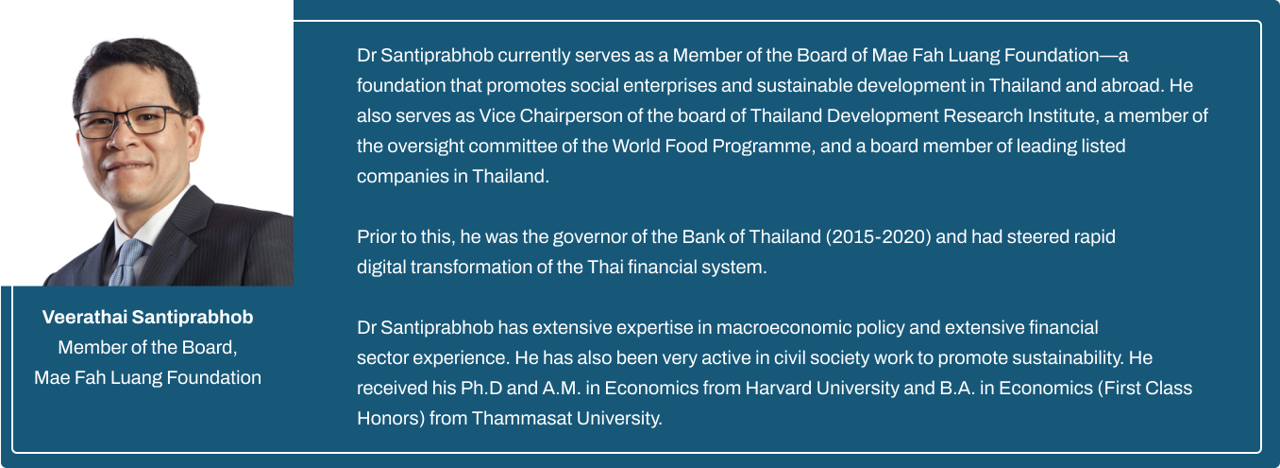Those of us who are involved and committed to sustainability and decarbonisation in our life and work may mistakenly assume that others are of like mind. The reality is that apathy combined with commercial and political pressures is still hugely prevalent.
While there are plenty of positive and encouraging initiatives in this space and progress is being made towards various sustainability targets, the discouraging aspect is that not enough people are making the effort.
In the US, it is not getting any easier to push for climate-positive change, with resistance at boardroom level to what many still see as a woke agenda. For investors, seeing the world’s largest asset managers, Vanguard and BlackRock, backtracking on their corporate governance commitments with regards to ESG, illustrates the uphill battle that still has to be fought.
In the wake of those fund giants’ decision to dial down their activism, one commentator I read this week said it is naïve to expect companies and asset managers to forego potential profits for the sake of the climate.
To really move the dial on the environmental issues of our time, the responsibility on individual asset owners becomes even greater. It’s really important for family offices and larger investing entities to commit to a formal climate action plan and to implement appropriate allocations.
We need more from them because, as research from the Asia Investor Group on Climate Change shows, only about 20% of asset owners and 30% of asset managers have some sort of climate action plan in place.
“A lack of strong climate mandates from asset owners is seen as a potential barrier to more effective engagement by asset managers. It also sends a weak message to policymakers,” said Monica Bae, director of investor practice at AIGCC.
It’s not enough for asset owners to rely on their external fund managers to discharge their stewardship duties. According to its own data, Vanguard supported none of the 400 ESG related shareholder proposals it considered in 2024 US proxy voting.
Setting an example
With energy transition now high on the agenda for the investment community, asset owners need to use their collective muscle, according to Muazzam Mohamad, head of investment stewardship at Malaysian state investor Permodalan Nasional Berhad (PNB).
“I think investors and stakeholders in the region need to work together on how to decarbonise the sector," he said
Malaysian asset owners are doing just that, pushing for greater activity on climate, according to Mohamad.
PNB, one of country’s largest asset managers and therefore a major influence on the market, published its sustainability framework in 2022, committing to a net zero portfolio by 2050.
"We aim for progress, not perfection. We have set our carbon intensity targets at 30% by 2030. We have also set a coverage target, to have 70% of our portfolio to be net zero aligned by 2030."
PNB has supplementary commitments, for example to invest in green assets, to not invest in new greenfield coal and to campaign against deforestation and exploitation.
Think more holistically
Hiromichi Mizuno, the former CIO of Japan’s Government Pension Investment Fund, is now acting as UN Special Envoy on Innovative Finance and Sustainable Investments. He agrees that engagement on climate needs to intensify. He urges investors to broaden their outlook on climate investing.
“We need to think more holistically and collaboratively. There is much more we should be doing. Engagement has long been an integral part of sustainable investing. It’s a key lever for shifting the mindset of a company. That is good, but I wonder if (we) are thinking about it globally enough," said Mizuno.
Engagement should not be limited to heads of portfolio companies. Engaging one set of stakeholders won’t be enough. Active ownership means engaging with all stakeholders to educate the entire investor community.
For asset owners, this is a real opportunity to work more closely with policymakers, said Mizuno.
“For example, public pension funds are highly regulated and … if the rules dictate that a fund must decarbonise its portfolio, then the government can help by creating policies that push the economy to decarbonise.”
However, “very few governments - in fact none - have really come up with a policy to help the asset owners and asset managers to achieve carbon neutrality quicker. I think this is one area we can really work on.
“We really need to drop our egos and work out the most effective and powerful message on transition, and collaboration will be the key.”
Posted 18/09/2024

















5 months ago
Nipon